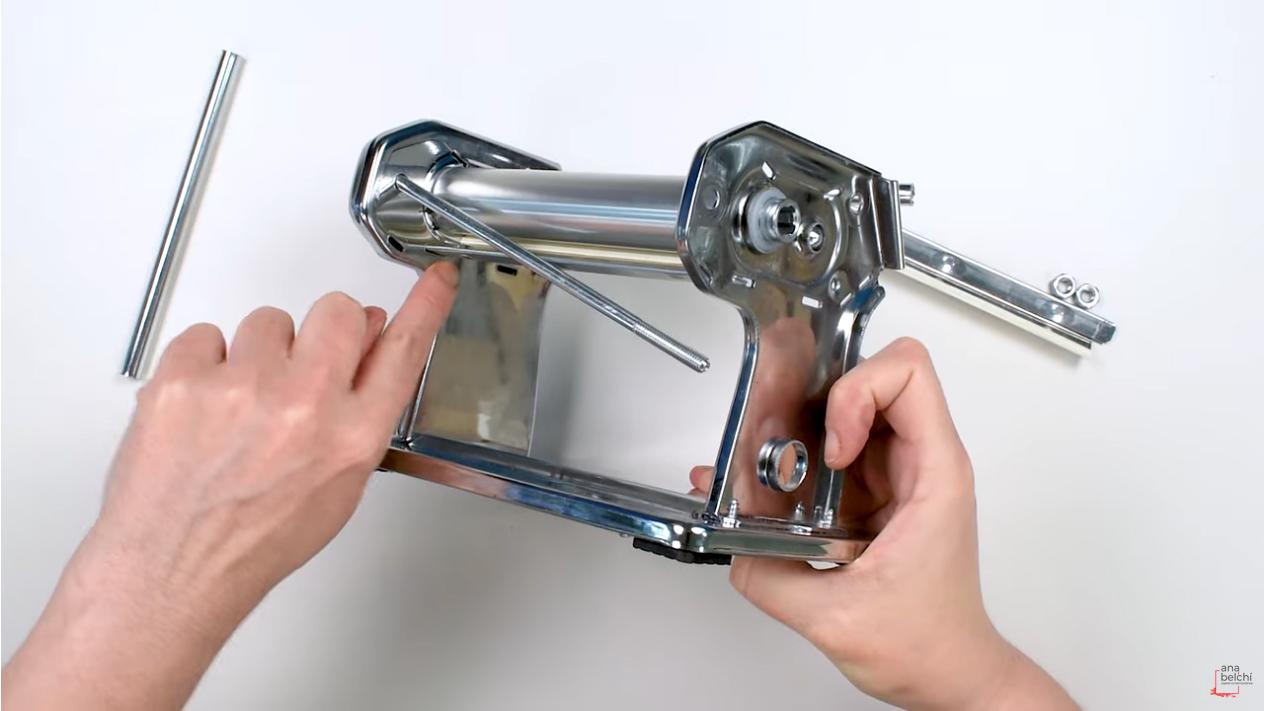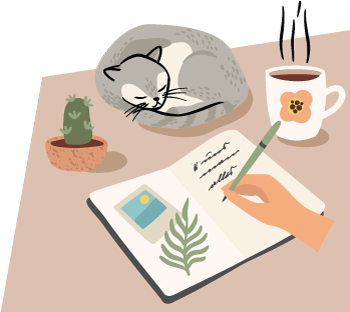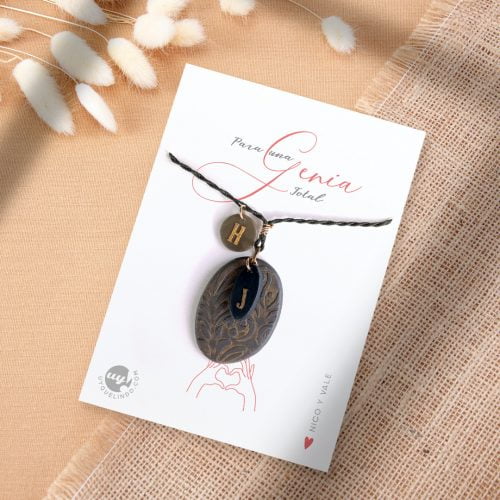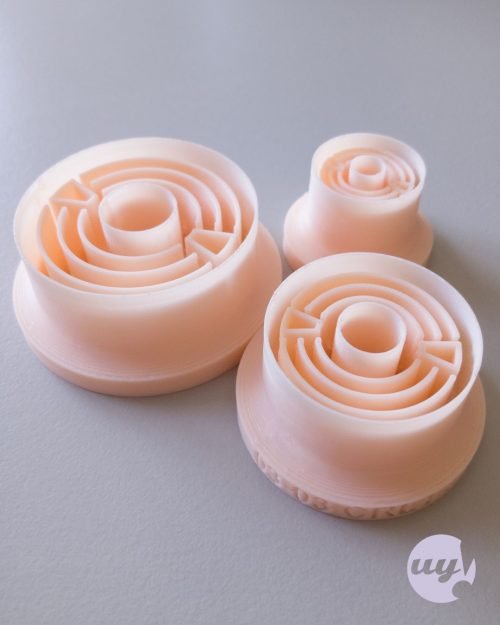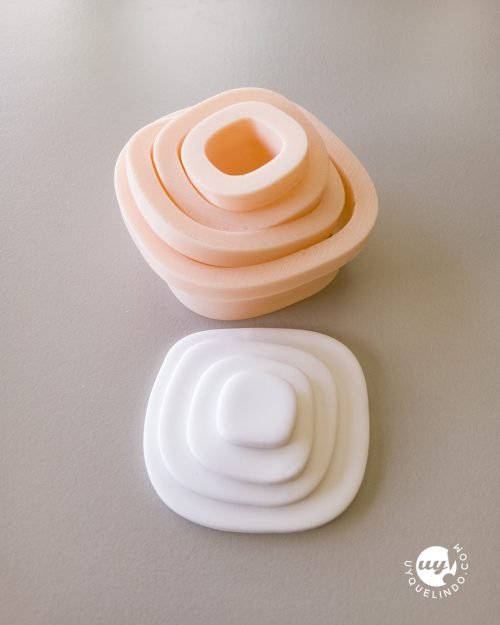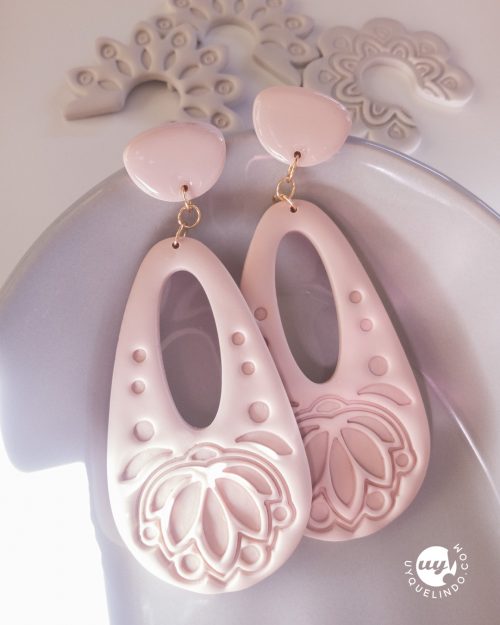Step by step cleaning
Your pasta machine
Finally, if you are still afraid to disassemble your pasta machine, now is the time to watch this tutorial with subtitles in which you can change the languages (once on the YouYube screen, look for the CC icon -closed captions- and doing click there, choose your language). Thank you to Ana for making her detailed tutorials public!
Did you find this quick refresher on how to stay clean while working with polymer clay useful? Do you have any additional questions? You can leave us your questions in this form, and we will add all of that information to the FAQ's on our special page. Follow us on social media to keep up with the latest news!


